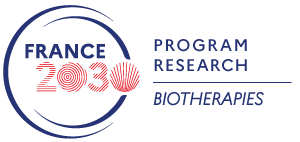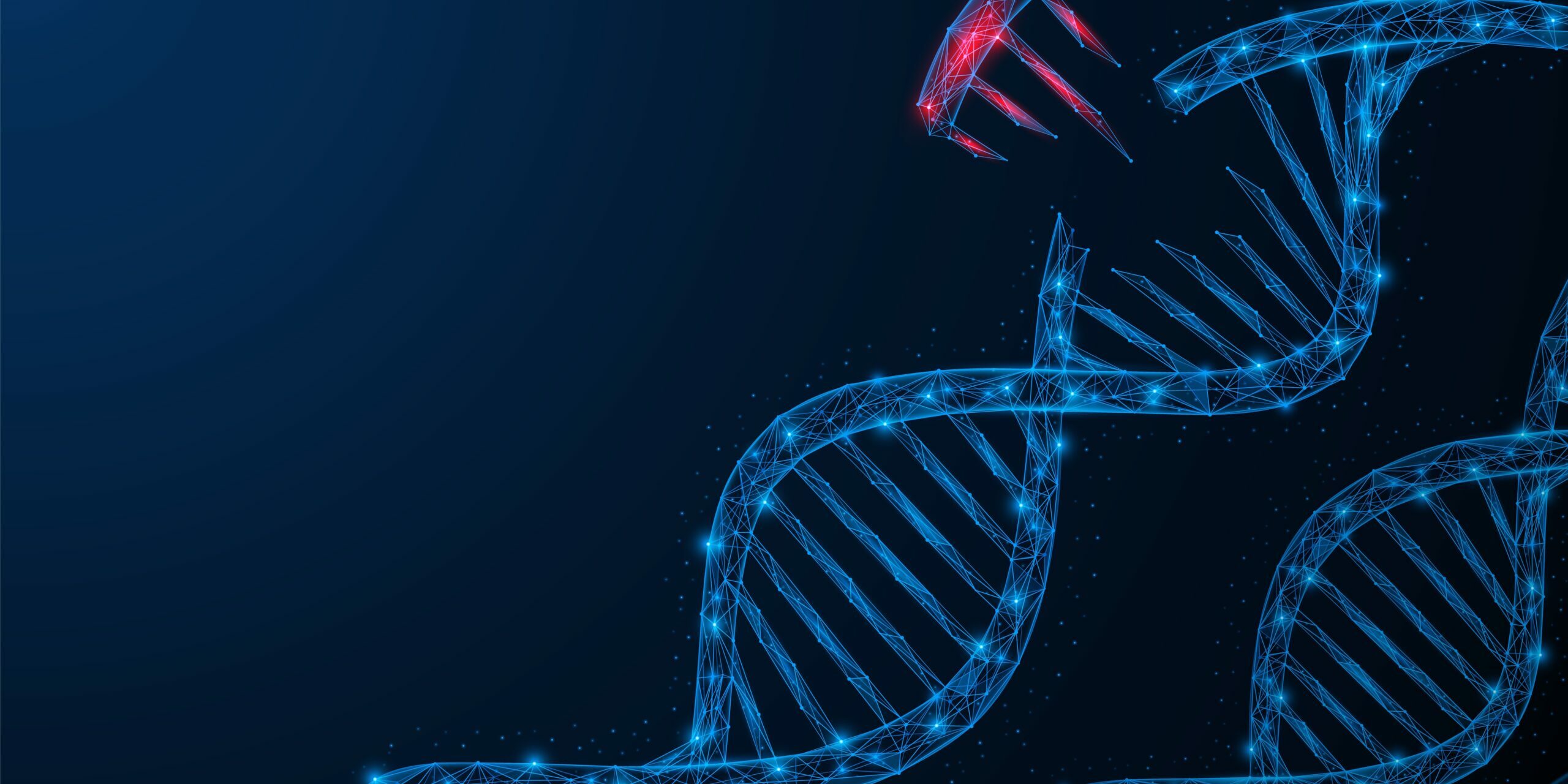Development of breakthrough technologies in gene editing
UMR 1089
Inserm – Nantes University
Translational Research in Gene Therapy (TARGeT)
In vivo gene therapy
Gene editing
RNA reprogramming
Retinal neurodegeneration
- Budget : 2,98 M€
- Duration : 4 years (2023 – 2027)
To date, several limitations prevent current genome editing technologies from reaching the clinic. These include precision, efficacy in particular cell types, safety, and delivery in patients.
The EDITO project aims to pave the way for the development of new genome editing therapeutic strategies applicable at either the DNA or RNA levels.
Initially novel gene editing components will be designed and tested in vitro. These improve repair pathways after editing, test the efficacy on RNA and the delivery of large modular repair cassettes. With the aim of application to neurodegenerative disease the first phase will include testing in neuronal cells the relative efficacy and safety of these new tools and to decipher which one is the most promising.
In a second phase, viral-like nanoparticles designed specifically for the delivery of Cas9, the protein ‘editor’, will be adapted to the DNA, RNA and protein tools from phase 1 with the aim of improving the safety of in vivo delivery. The functional and biochemical tests in the relevant in vivo models will be further optimized during this second phase of the project. To this point, the proof of concept for therapeutic efficacy will be obtained as far as possible using in vitro organoid-based models to show the broader potential of the strategies for retinal, neurological, liver and hematological diseases.
However, ultimately the therapeutic feasibility of these new tools will need to be tested in small and large animal models and therefore the first disease focus in the final phase will be an intervention in a childhood form of blindness called Stargardt disease for which we already have in place organoid and animal models. The most promising candidate will be carried forward in these rat and pig models.
Therefore, this consortium will both open up the possibilities for therapeutic gene editing in general and will advance the clinical translatability of a specific therapeutic for Stargardt disease.
| Coordinating partner : UMR 1089 Inserm – Nantes University Translational Research in Gene Therapy (TARGeT) |
|||||||
| UMR 7196 – U 1154 CNRS – Inserm Muséum National d’Histoire Naturelle (MNHN) |
|||||||
| CIRI – US 1111 Inserm – CNRS – ENS Lyon – Lyon University International Center for Infectiology Research (CIRI) |
|||||||
| UMR 9199 CEA – CNRS – Paris Saclay University Molecular Imaging Research Center (MIRCen) |


